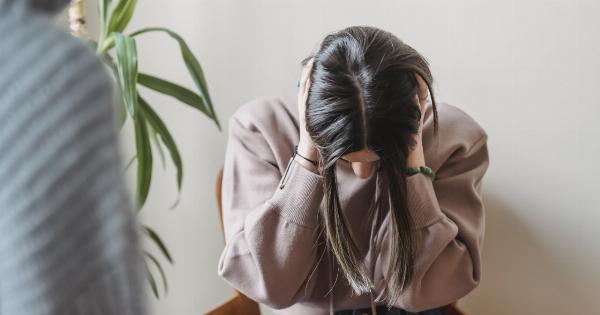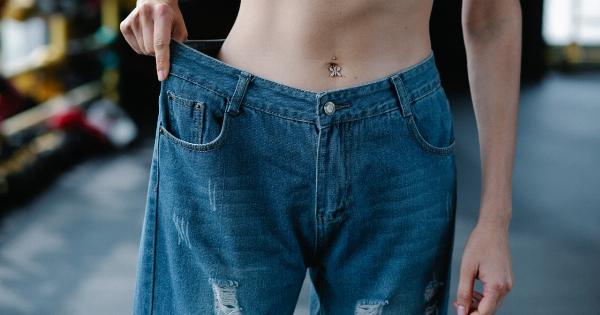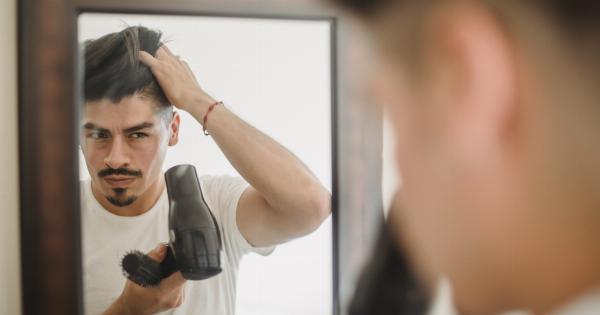Hair loss affects millions of people worldwide, causing distress and leading to a search for solutions. Unfortunately, this search is often clouded with myths and misconceptions regarding the causes and treatments for hair loss.
In this article, we aim to separate fact from fiction by examining some of the most common hair loss myths and revealing the truths behind them.
Myth #1: Wearing hats or helmets causes hair loss
One prevalent myth suggests that wearing hats or helmets excessively can lead to hair loss. However, this is far from the truth.
Hats and helmets do not directly cause hair loss, but they may contribute indirectly by increasing scalp sweat and moisture retention, which can create a favorable environment for scalp infections. These infections, if left untreated, can indeed lead to temporary hair loss.
Myth #2: Frequent shampooing leads to hair loss
Contrary to popular belief, washing your hair frequently does not cause hair loss. In fact, regular shampooing helps maintain a healthy scalp by removing dirt, oils, and dead skin cells that can clog hair follicles.
However, excessive use of strong shampoos or vigorous hair drying can damage the hair shaft, leading to breakage and the appearance of thinner hair.
Myth #3: Hair loss only affects men
While it is true that baldness is more common in men, hair loss can affect both genders.
Female pattern hair loss, also known as female androgenetic alopecia, is a widespread condition that can cause thinning of the hair and a reduction in its overall volume. Women experiencing hair loss should consult a dermatologist to determine the underlying cause and explore potential treatment options.
Myth #4: Stress is the primary cause of hair loss
Stress is often blamed as the sole culprit behind hair loss, but the reality is more complex.
Stress can trigger or worsen certain hair loss conditions, such as telogen effluvium, where a significant number of hair follicles prematurely enter the resting phase, leading to increased shedding. However, hair loss can also result from hormonal imbalances, genetics, nutritional deficiencies, and medical conditions. It is essential to identify the underlying cause to effectively address hair loss concerns.
Myth #5: Plucking one gray hair causes several to grow in its place
This myth has been passed down through generations, instilling fear that plucking a single gray hair will result in multiple replacements. Fortunately, this belief is entirely false.
Plucking a gray hair will not affect the surrounding follicles or lead to an increased number of gray hairs. However, it is generally advised against excessive plucking, as it can cause damage to the hair follicle and potentially lead to permanent hair loss.
Myth #6: Hair loss is a sign of poor circulation
Poor circulation is often linked with hair loss, but there is no scientific evidence supporting this claim.
While blood circulation plays a role in the delivery of oxygen and nutrients to hair follicles, hair loss is primarily driven by the sensitivity of hair follicles to the hormone dihydrotestosterone (DHT) in conditions such as male or female pattern baldness. Improving blood circulation alone is unlikely to have a significant impact on hair loss but can aid in maintaining a healthy scalp environment.
Myth #7: Hair loss can be reversed by wearing wigs or hats
Wearing wigs or hats as a temporary solution to conceal hair loss can boost confidence, but it does not reverse or prevent further hair loss.
Hair loss requires targeted treatments that address the underlying causes, such as medications, laser therapy, or hair transplantation. These interventions can help stimulate hair growth and slow down the progression of hair loss.
Myth #8: Hair loss is always genetic
Genetics indeed play a significant role in hair loss, but it is not the sole determining factor. Hormonal imbalances, autoimmune disorders, medications, and nutritional deficiencies can also contribute to hair loss.
It is crucial to consider multiple factors when evaluating the cause of hair loss and to consult with a dermatologist for accurate diagnosis and comprehensive treatment options.
Myth #9: Applying hair oil prevents hair loss
While certain oils, such as coconut or almond oil, can nourish and moisturize the hair, there is no scientific evidence to support the claim that applying hair oil alone can prevent or reverse hair loss.
Hair growth is primarily determined by the health of the hair follicles and the presence of proper nutrients. A balanced diet, regular scalp care, and targeted hair loss treatments are more effective strategies for managing hair loss.
Myth #10: Hair loss is untreatable
Despite the persistence of hair loss myths, medical advancements have provided various effective treatment options.
From FDA-approved medications to low-level laser therapy and hair transplantation, there are interventions available to address different types and stages of hair loss. Consulting with a dermatologist specializing in hair loss can provide individuals with personalized treatment plans tailored to their specific needs.
























